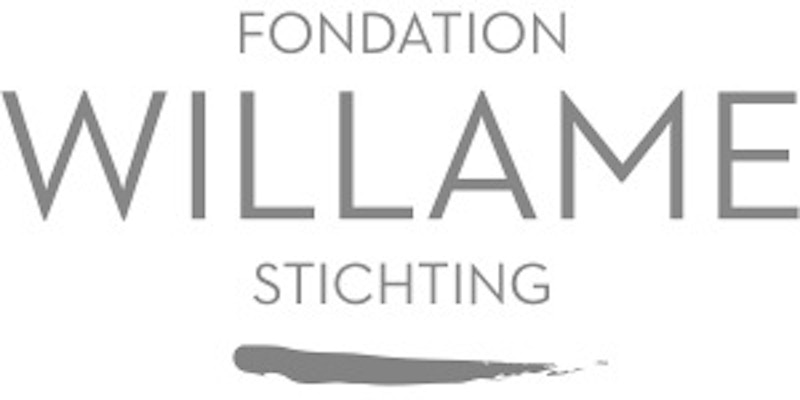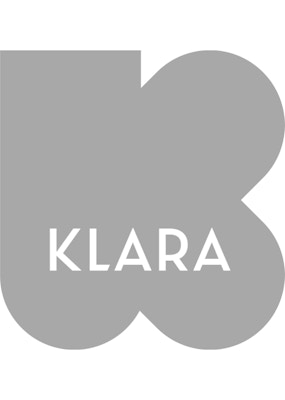Pieter Engels Fabulous Oldest Hits
10.Sep.23

S.M.A.K. presents a condensed overview of the Dutch conceptual artist Pieter Engels (1938-2019). A separate room will present works by his contemporaries.
Pieter Engels (1938-2019) occupies a distinct place in the post-war Dutch art world. In his long and varied career, he expressed himself with paintings, photographs, installations, performances, video and graphic work.
In line with the contesting, anti-authoritarian spirit of the 1960s, he made conceptual work in which he ironically punctured the seriousness of the art world. He questioned the value of art, the commercialisation of the art world and the genius of the artist. In 1963, for instance, he quit painting (temporarily) to found EPO (English Products Organisation) a year later, the first of his many businesses, positioning himself no longer as an artist but as an entrepreneur.
As his alter ego, marketing director Simon Es, he issued beautiful posters and brochures to market his products and services. He sold pieces of furniture that he first broke himself and then reassembled, offered bottles of exhaled air, cut through banknotes for a fee and scratched cars (Engels damages your car nicely for f 100). His actions, which he himself called 'Wonder events', were bathed in the atmosphere of Fluxus, the art movement that sought to close the gap between art and life, through their contrarian humour.
In 1967, Engels founded a new company, ENIO (Engels New Internment Organisation), which followed developments in the funeral industry. For instance, he made coffins for a variety of sometimes bizarre objects, such as a bag of drowned water, and devised several suicide machines.
In 1971, he started working on a series of works for Strike Project, for which he temporarily ceased his activities as an artist. He proposed to the then culture minister that in exchange for 25 million guilders, he would not make any more works until his death. However, the minister did not accept his proposal. Because of his critical attitude towards the art world, his work cannot be separated from the zeitgeist in which it was created and from contemporaries such as Piero Manzoni, Lee Lozano, Marcel Broodthaers, Wim T. Schippers and Ger van Elk.
The exhibition is complemented by a room with works by Dutch conceptual artists, such as stanley brouwn, Jan Dibbets and Ger van Elk, from S.M.A.K's collection.
The expo is the result of a donation from EPO, in the name of Annemarie Engels, the artist's widow. S.M.A.K. has the largest museum collection of contemporary art in Belgium and is therefore committed to a dynamic recruitment policy of which donations are a more important pillar.
Thanks to Annemarie Engels, Galerie Martin van Zomeren, Anny De Decker, Flor Bex, CKV and M HKA.
Biography
Pieter Engels studied at the Koninklijke School voor Kunst en Kunstnijverheid, 's-Hertogenbosch, from 1955 to 1958, and at the Rijksakademie, Amsterdam, from 1958 to 1962. He had solo exhibitions at the Gemeentemuseum, The Hague (1966), Wide White Space Gallery, Antwerp (1967), the Van Abbemuseum, Eindhoven (1969), the Stedelijk Museum Amsterdam (1969/1981) and the ICC, Antwerp (1973). In addition, his work was shown at leading exhibitions such as the Biennale de Paris (1967), Documenta IV, Kassel (1968), Op losse schroeven, Stedelijk Museum Amsterdam (1969) and Sonsbeek buiten de perken, Arnhem (1971). More recently, his work has been included in the group exhibitions T-Tris, BPS22, Charleroi (2009), In & Out of Amsterdam. Travels in Conceptual Art, 1960-1976, MoMA, New York (2009) and Collection XXIV, M HKA, Antwerp (2009-2010). Engels' work is part of several private and public collections, including those of the Stedelijk Museum Amsterdam, Museum Boymans Van Beuningen, Rotterdam, Noordbrabants Museum, 's-Hertogenbosch, M HKA, Antwerp and S.M.A.K., Ghent.













